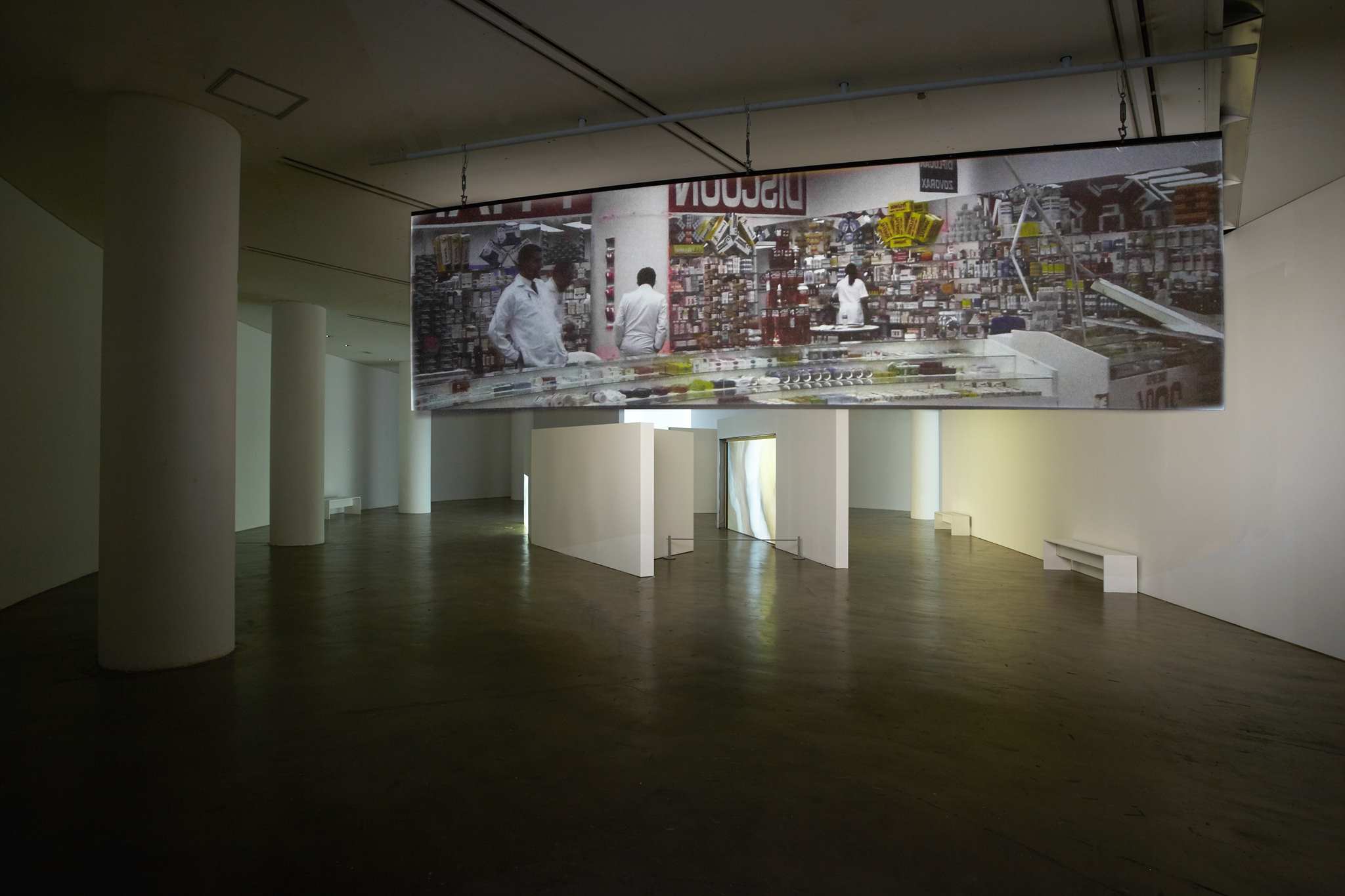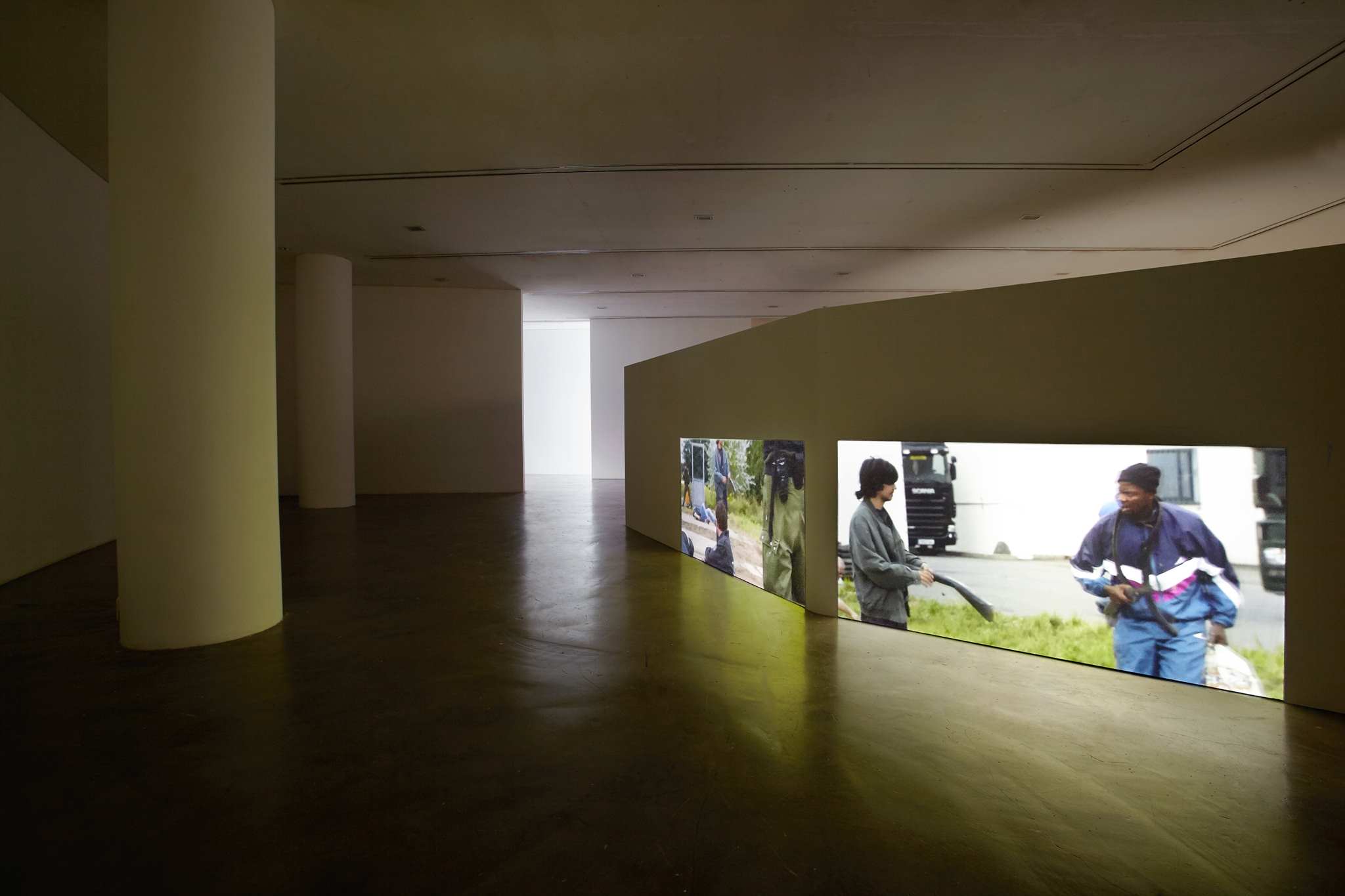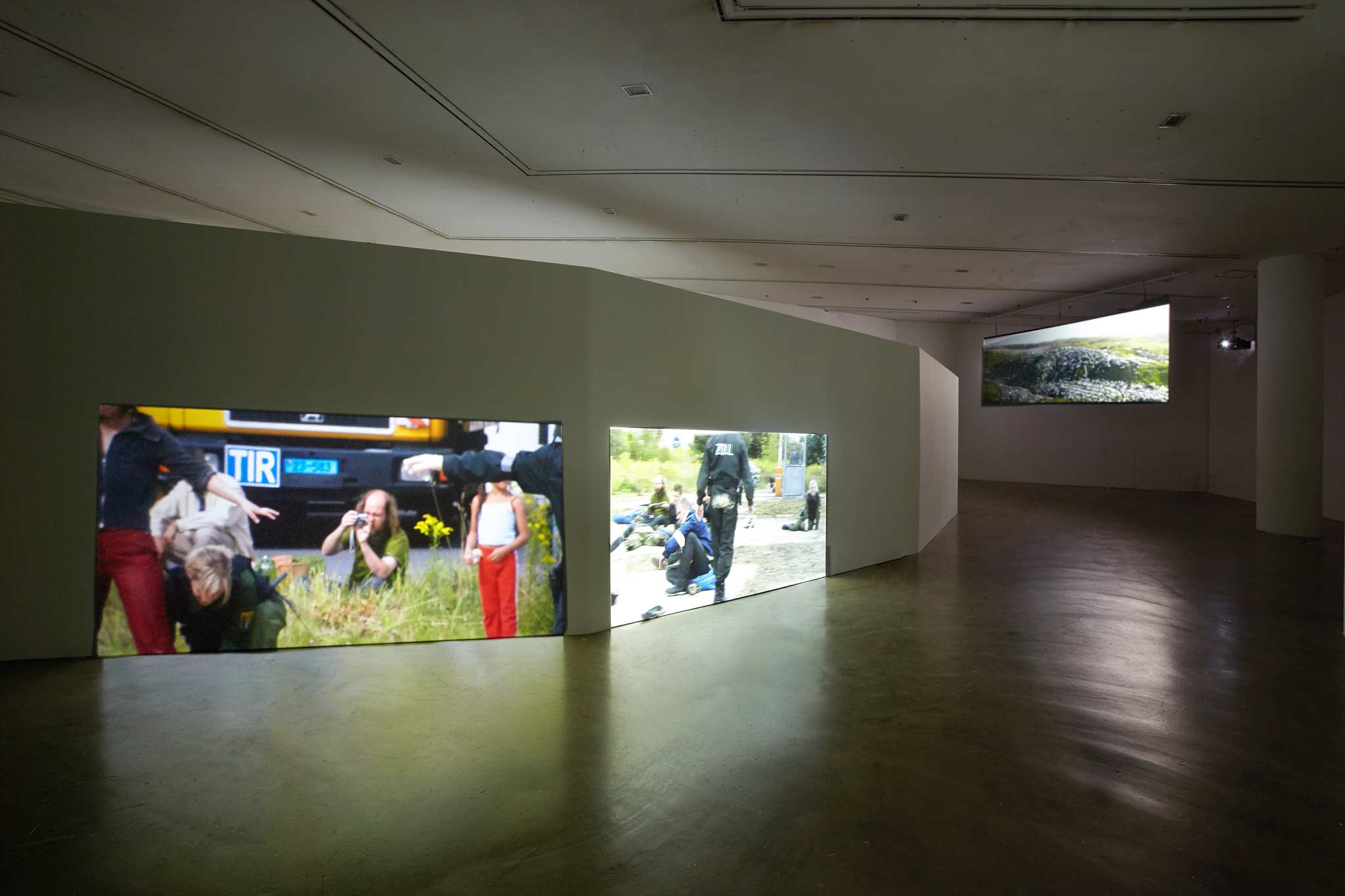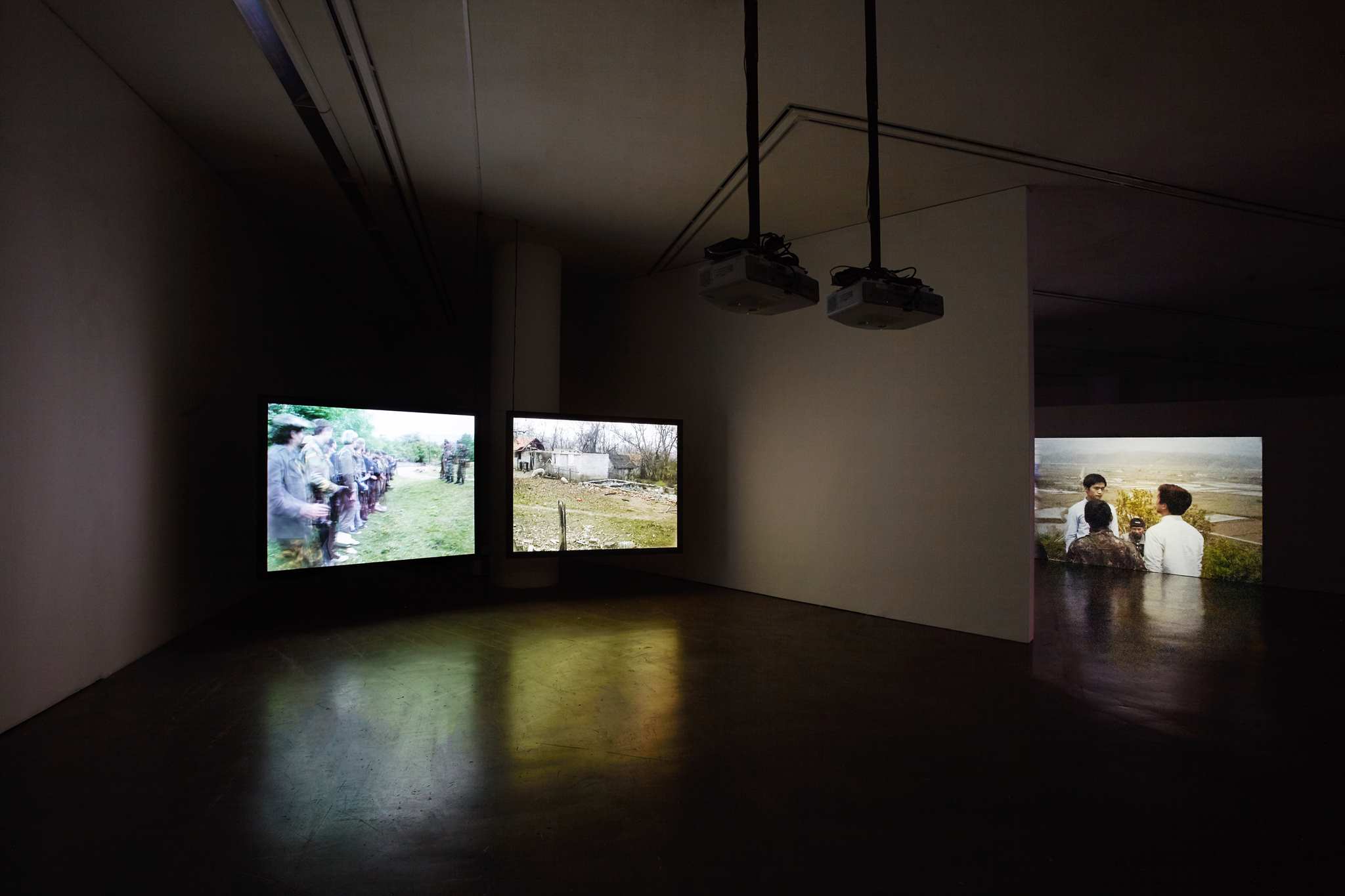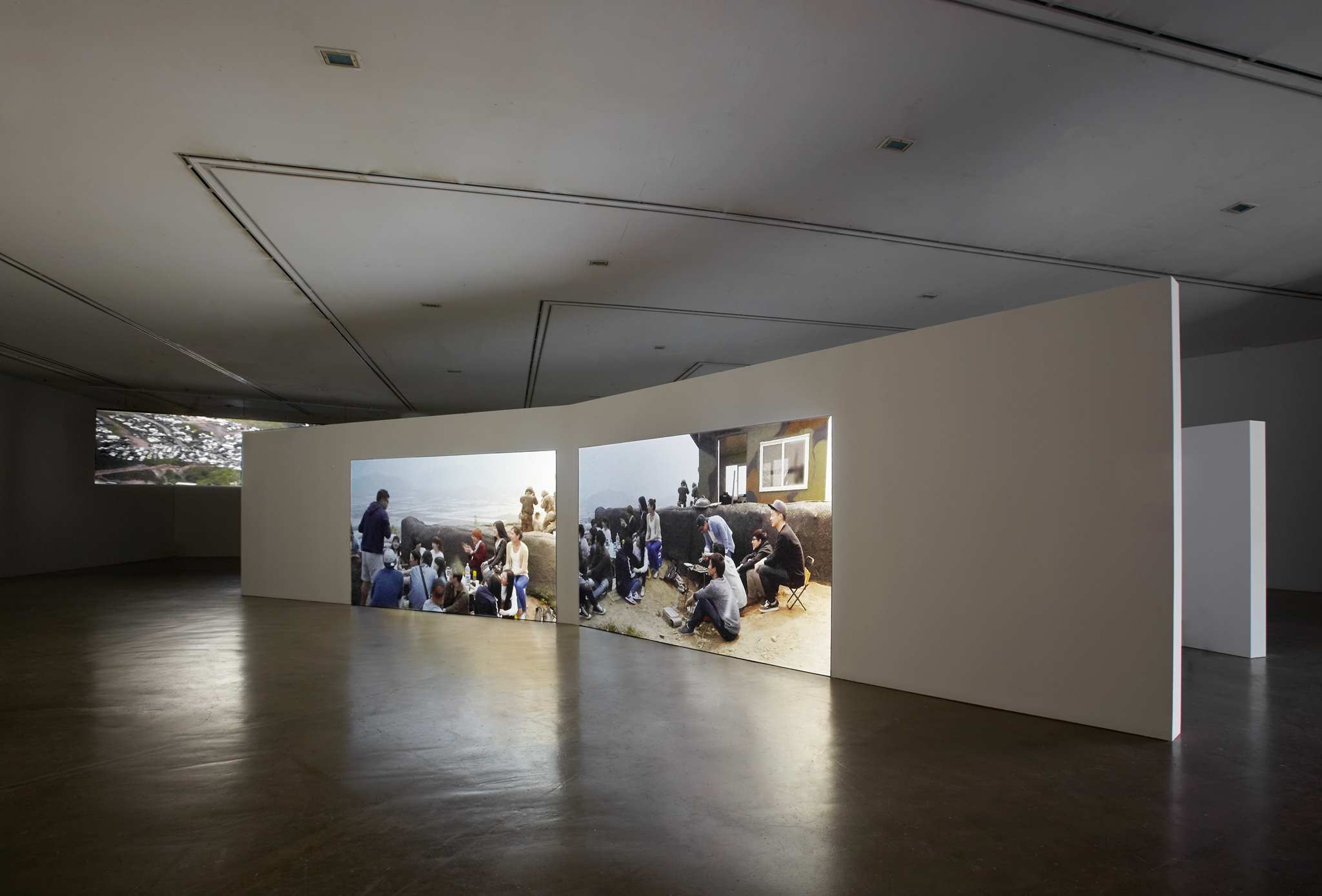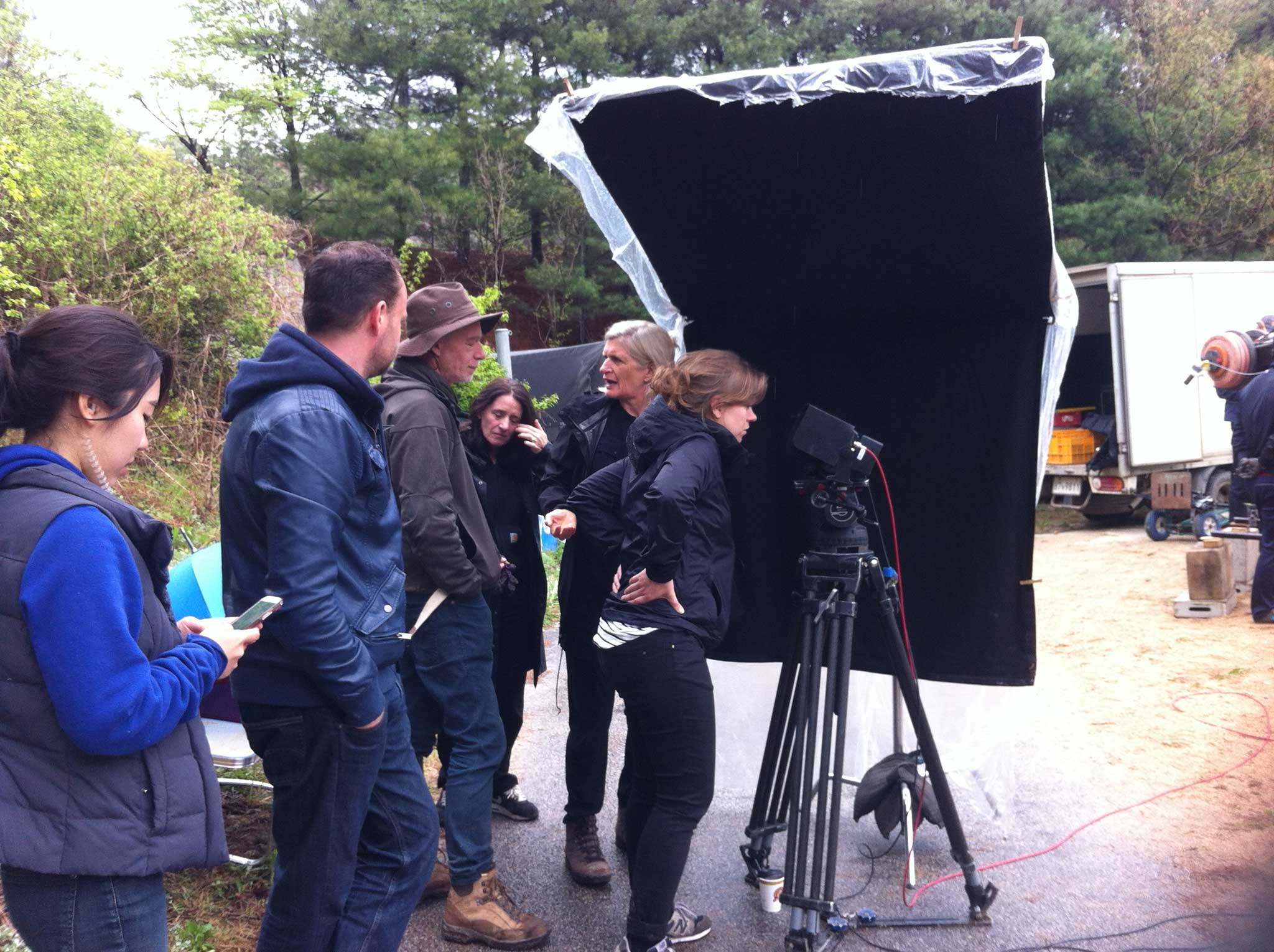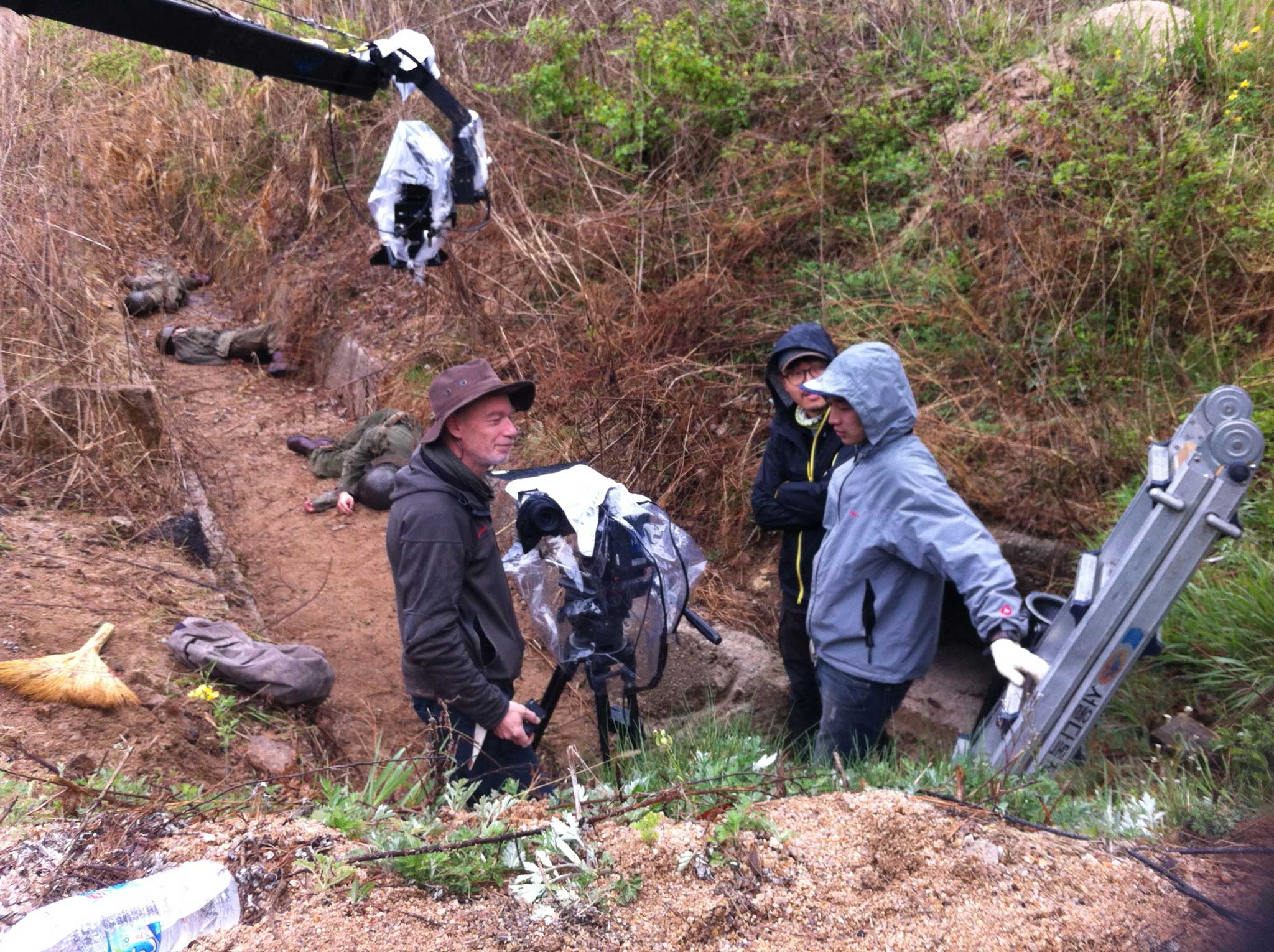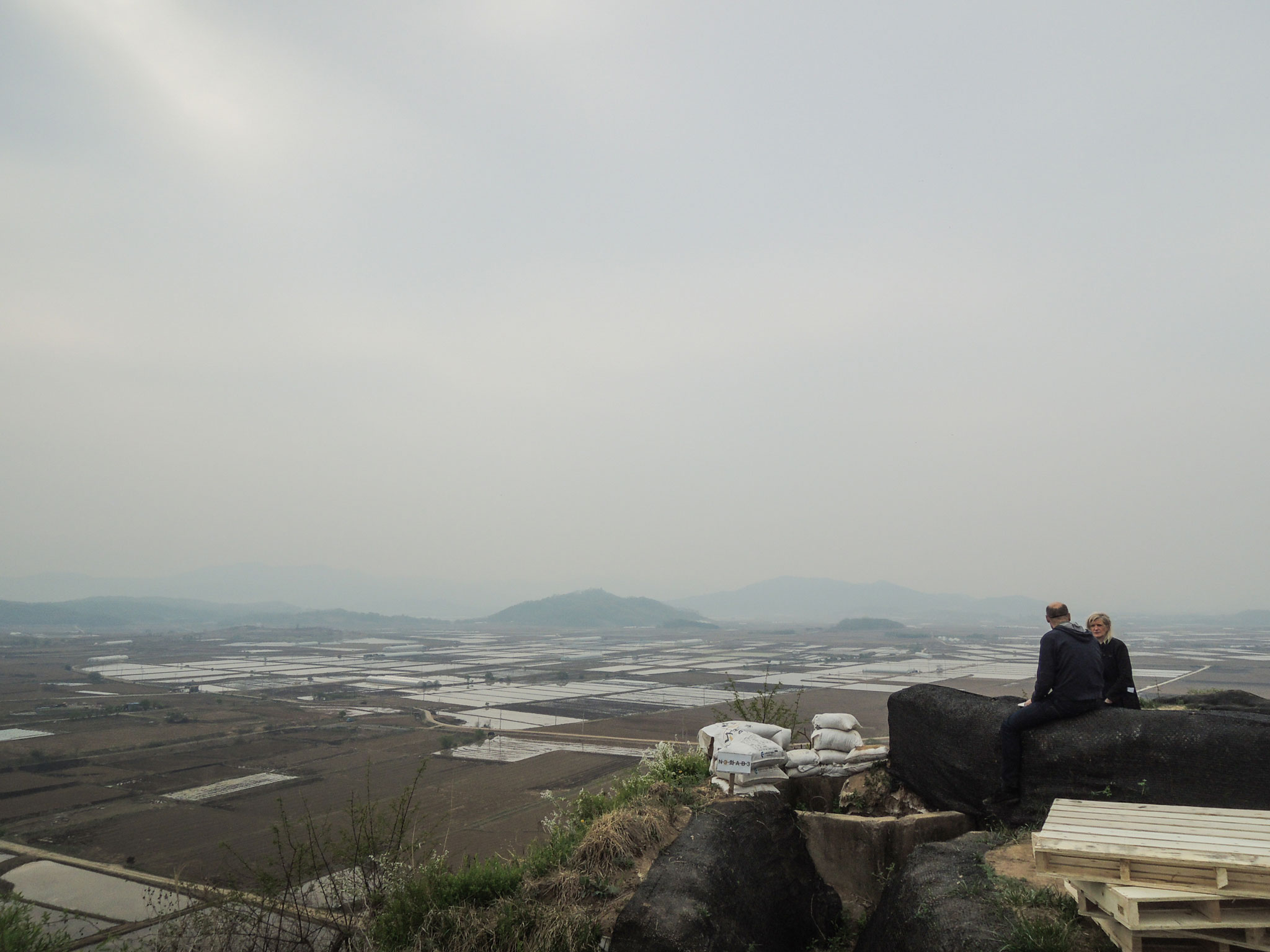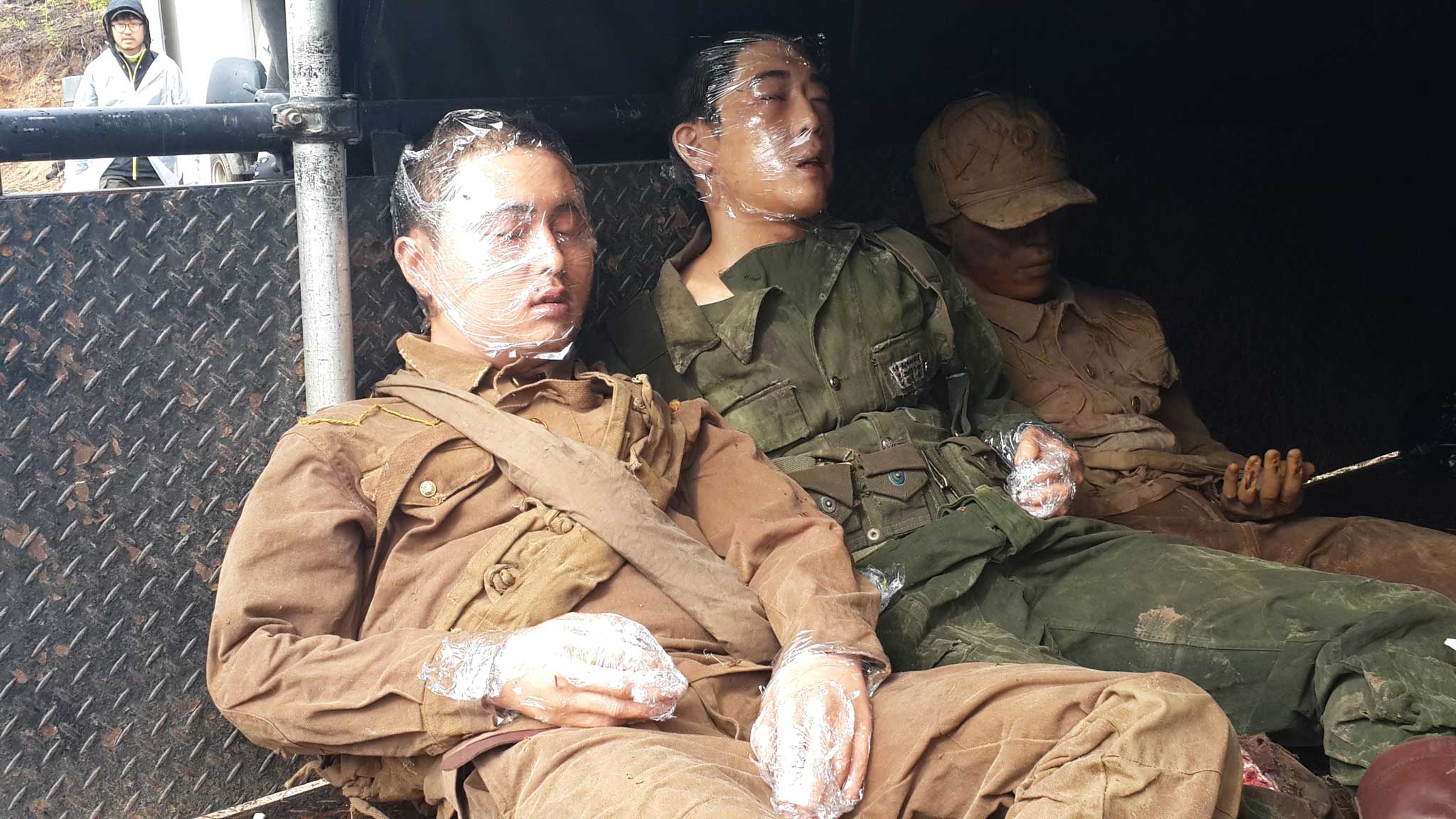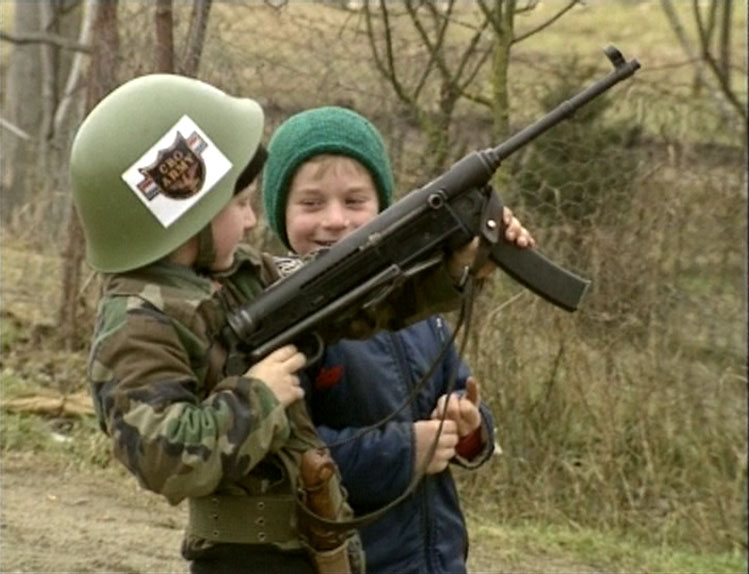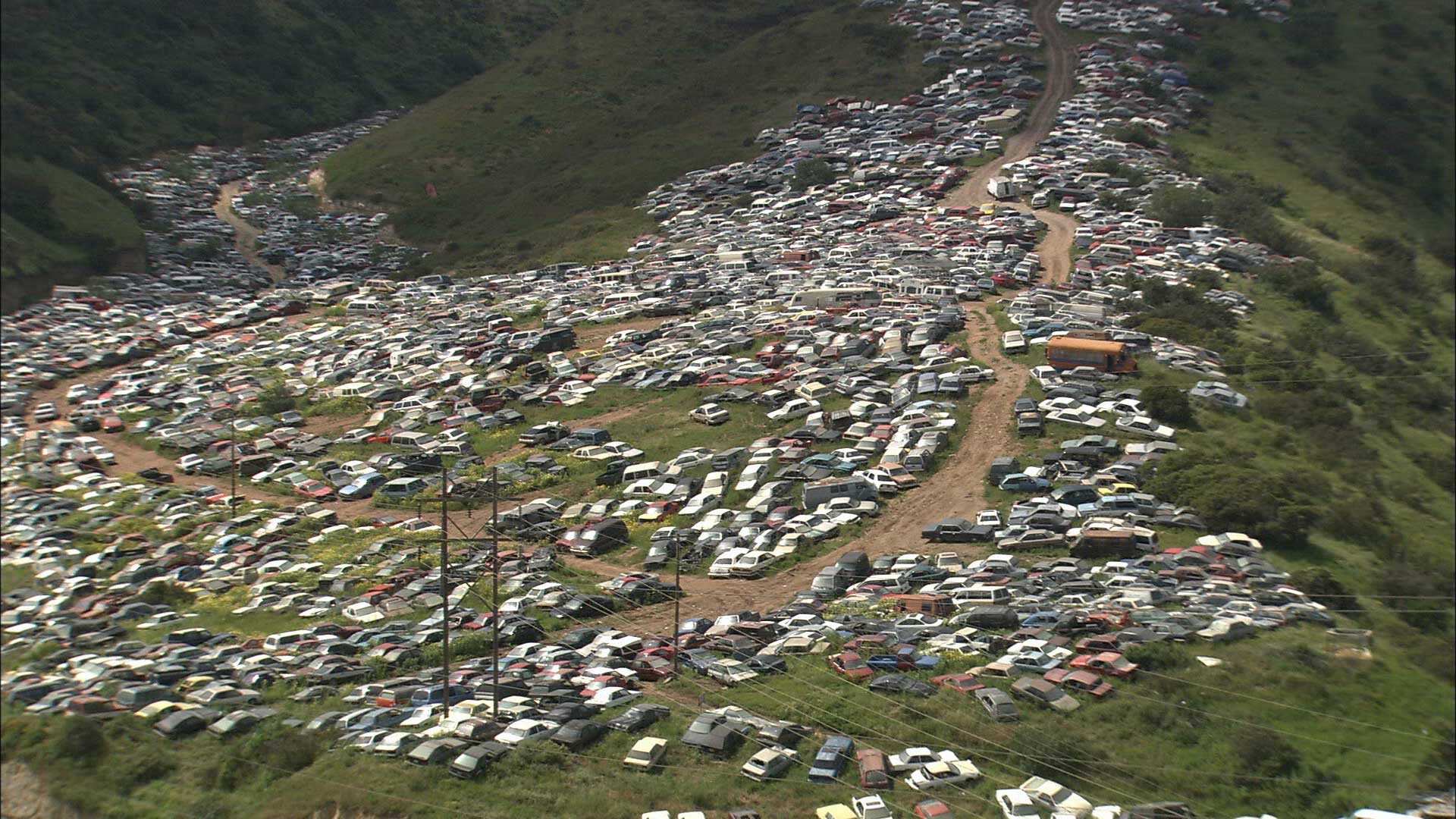Aernout Mik: Parallelities
August 29 – November 29, 2015
2F Art Sonje Center
Aernout Mik: Parallelities
Art Sonje Center presents Dutch artist Aernout Mik’s solo exhibition, Aernout Mik: Parallelities, from August 29 to November 29, 2015. The exhibition will display four separate video installations that focus on boundaries created from the differences between nations, people, and ideologies, as well as the socio-psychological phenomena occurring around them. The exhibition title reflects the artist’s art world, which presents differentiated yet connected parallel situations such as the real and the unreal, the past and the present, as well as borderlines between countries. Mik’s art capture not only the feeling of conflict individuals go through during the process of crossing different boundaries, but also the individuals and groups that conform to given social systems or who sometimes live as bystanders. This essentially serves as a mirror reflecting our own image today.
Commissioned by the REAL DMZ PROJECT and being shown for the first time at this exhibition, Ice Cream Hill (2014–15) is a film about Sabseulbong Peak. Located near the DMZ in Cheorwon, Gangwon province, this deeply symbolic place, which the public is not allowed to visit even to this day, clearly represents the North-South divide. At the beginning of the film, we see a group of people taking part in a joyful picnic scene. Soon, however, after one of the picnickers dons a military uniform, some of the others start acting like soldiers and the cheerful atmosphere suddenly turns serious. Tensions rise when the rank-less young people present are divided into two groups: those with authority and power and those who must obey. This scene is played concurrently with another one that resembles a battlefield, reminding viewers of a time when North and South Korea were at war. Unlike the cute, sweet image that the name Ice Cream Hill may evoke, the filming location reflects a horrible war. Such duality is highlighted through Mik’s work, which imparts a sense of both peace and anxiety.
While Ice Cream Hill deals with border and conflict issues between the North and the South, Training Ground (2006) and Osmosis and Excess (2005) focus on contradictions that occur between country borders. Although Training Ground appears to be about the police controlling illegal refugees, the scene is reversed when the refugees try to block the police. The role reversal blurs the line between those who wield power and those who submit, making viewers think about power that is bestowed to someone depending on the person’s nationality and the authority of that country. Osmosis and Excess takes place at a pharmacy with neatly arranged medicines and necessities on the border between San Diego, the United States and Tijuana, Mexico. As the camera pans through the store, however, we see that the pharmacy is in fact built upon ankle-deep piles of dirt. Workers digging in the muck are seen amidst the pharmacy. Moreover, in what first seems to be a bucolic scene, one slowly discerns that there are thousands of abandoned vehicles in the landscape, which has been transformed into a junkyard for cars driven over the border from the U.S. In this way, America’s massive commercial culture and desire for consumption are metaphorically revealed at the border with Mexico. On the other hand, Raw Footage (2006) is the artist’s first work made using existing video material. It is also the only work that features sound at this exhibition. The scenes include un-broadcasted material from Reuters and the Independent Television News (ITN) newsreels documenting the civil war in the former Yugoslavia in the 1990s, which the artist displays through minimal editing. Although the discarded footage may have lost its original value as a news broadcast because it was not deemed significant or dramatic enough, it still manages to capture what lies behind the typical image of a war, which inevitably people have to see indirectly through the media.
Aernout Mik’s work expands the field of “moving pictures” as he crosses the boundary between performance, film, sculpting, and architecture. He produces a structure that reflects an exhibition venue, while installing a screen inside it to show his film. This installation method combines film and physical space, providing viewers with a unique physical and psychological experience as it blurs the border between an actual space and the virtual space in the film. Without a clear introduction, development, dramatic turn and conclusion, Mik’s films repeatedly show similar looking scenes and create illogical and unrealistic scenes by alternately showing conflicting situations such as fact and fiction, order and disorder, heaviness and lightness, and peace and anxiety. Through this he makes the familiar look unfamiliar and makes the viewer consider whether it is truly possible to clearly understand and define the incidents or phenomena we encounter in our lives.
About the Artist
Born in 1962, Groningen, Netherlands, Aernout Mik lives and works in Amsterdam. He studied at the Academie Minerva, Groningen, and Ateliers ’63, Haarlem, Netherlands. His most recent solo exhibitions include Communitas at the Stedelijk Museum, Amsterdam (2013), and at the Folkwang Museum, Essen and Jeu de Paume, Paris (2012), as well as at the Museum of Modern Art, New York (2009). He has also participated in numerous group exhibitions including Parasophia: Kyoto International Festival of Contemporary Culture 2015, at Kyoto Municipal Museum of Art, The Museum of Kyoto, and other locations in Kyoto (2015), the Aichi Triennale (2013), Farbe bekennen-Was Kunst macht at MARTa Herford, Herford (2013), the 9th Shanghai Biennale, Shanghai (2012), Border Crossing, Kunsthallen Brandts, Odense (2012), and Fotografie Total- Werke Aus Der Sammiung Des Mmk, Museum fur Moderne Kunst (MMK), Frankfurt/Main (2012). Mik also represented the Netherlands in the Dutch Pavilion atthe 52nd Venice Biennale (2007).

